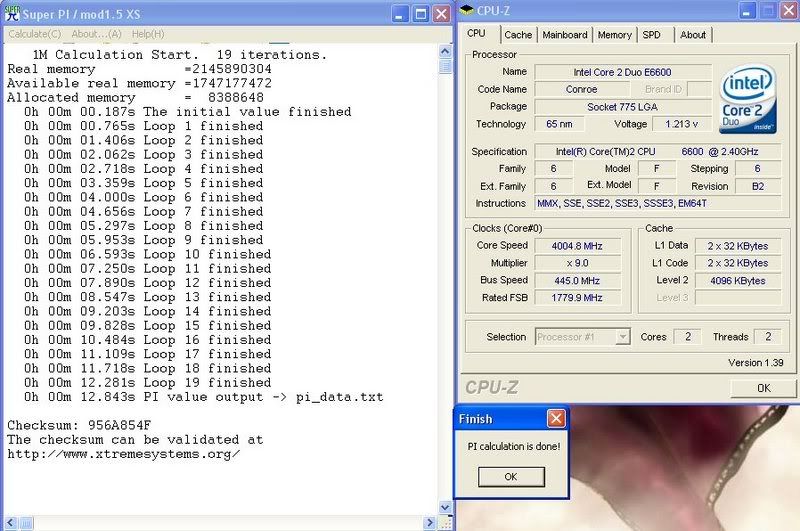MakubeX
Partition Master
Made it to 4Ghz on EVGA 680i A1, Windows bootable:
All was done in BIOS. No Clockgen what so ever.
I'm really glad I went with this mobo. I know I said this before but thanks again for the suggestion Rob :techgage:.

CPU-Z Validation link: http://valid.x86-secret.com/show_oc.php?id=191356

All was done in BIOS. No Clockgen what so ever.
I'm really glad I went with this mobo. I know I said this before but thanks again for the suggestion Rob :techgage:.

CPU-Z Validation link: http://valid.x86-secret.com/show_oc.php?id=191356

